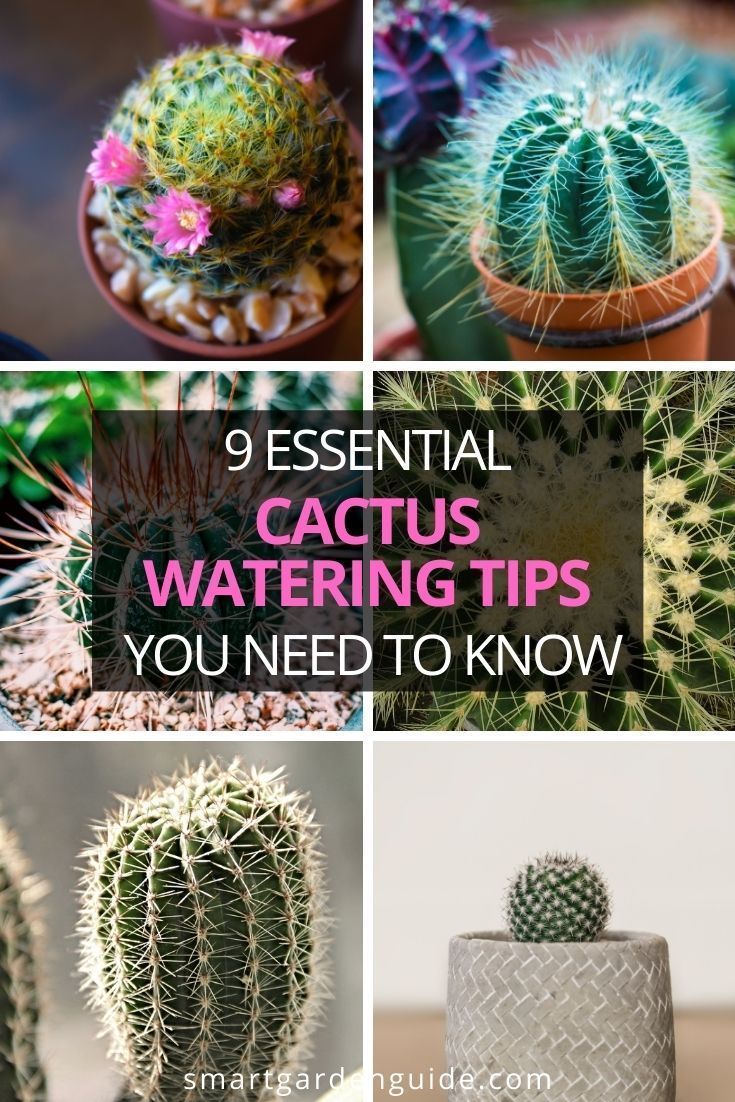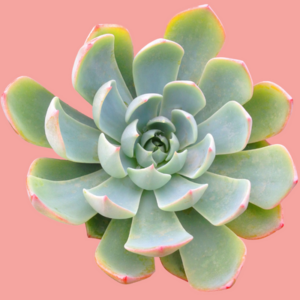When it comes to nurturing a cactus plant, many plant enthusiasts find themselves pondering a playful yet pressing question: “How often should I water my cactus?” The answer may not be as straightforward as one might think. In a world where overwatering and underwatering can wreak havoc, striking the right balance is crucial. This article will explore the intricacies of a cactus’s hydration needs, emphasizing the nuances that make these hardy plants unique.
Understanding the Watering Needs of Cacti
Cacti are often celebrated for their resilience and ability to thrive in arid environments. This characteristic stems from their evolutionary adaptation to store water in their specialized tissues. So, if they can endure extensive droughts, does that mean they require little to no water? Not necessarily. While cacti are indeed drought-tolerant, they still require a keen understanding of when and how much to water.
The optimal watering frequency largely depends on several factors including species, climate, soil type, and the season. It’s essential to recognize that not all cacti are created equal; some varieties may have more pronounced hydration needs than others. For instance, tropical cacti differ from their desert-dwelling relatives. This leads us to the essential question: what’s the magic formula for watering your cactus?
Seasonal Watering Routines
Timing is everything in the realm of cactus care. Understanding the seasons can significantly enhance your plant care regimen. During the active growth period, typically from late spring to early autumn, cacti tend to require more water. In stark contrast, winter is when these plants enter a state of dormancy, warranting a dramatic reduction in watering.
During the growing season, seeking out the telltale signs of thirst is imperative. Soil moisture levels can fluctuate, and it’s your responsibility to stay attuned. As a rule of thumb, cacti should be watered when the top inch of soil becomes dry. Utilizing a soil moisture meter can provide a precise reading and alleviate guesswork, ensuring you provide just the right amount.
In the cooler months, allow the soil to completely dry out between waterings. Overwatering during dormancy can lead to root rot, a pernicious condition that can rapidly debilitate your cactus. The dry environment of your home during winter months means your cactus needs even less water than it would in its natural habitat. So keep an eye on the humidity levels and adapt your watering schedule accordingly.
Environmental Factors That Influence Watering
While seasonal changes dictate the general framework for hydration, several environmental factors will further influence how often you water your cactus. Factors such as temperature, light intensity, and humidity must be considered holistically to construct the ideal watering schedule.
Higher temperatures and brighter light cause increased evaporation, meaning it’s time to increase watering frequency. Conversely, a cooler indoor environment with lower light will necessitate less frequent watering. Cacti placed near air conditioning vents or heating sources also require close monitoring, as these areas can drastically change the moisture levels in their surroundings.
It’s also essential to consider the type of container housing your cactus. Terracotta pots, known for their breathability, allow for increased evaporation of excess moisture. A cactus in a plastic container, however, retains moisture longer. Simple adjustments to your watering routine based on pot material can make a profound difference in the health of your cactus.
Signs Your Cactus Needs Water
How can you tell if your cactus is thirsty or has had its fill? The ability to read the subtle signs of your plant can be an art form in itself. A well-hydrated cactus will appear plump, with firm and erect pads. In contrast, a thirsty cactus may exhibit wrinkling or a more sunken appearance.
Another observable characteristic includes color. Healthy cacti typically showcase vibrant hues, while overwatered specimens may turn yellow or show signs of mushiness. If you suspect your cactus is struggling from being thirsty or having too much water, it’s pivotal to make adjustments to your watering routine accordingly.
A Common Challenge: Overwatering vs. Underwatering
In the meticulous pursuit of perfection, many plant owners grapple with a common conundrum: how to find that elusive balance between overwatering and underwatering. While it might be tempting to err on the side of caution and provide water sporadically, this can lead to stress for your cactus.
It’s a delicate dance. If in doubt, allow your plant to embrace a period of drought to assess its resilience. A healthy cactus will often bounce back remarkably well after a minor misstep in watering. Learning to respond to its needs intuitively will foster a more rewarding relationship with your beloved prickly companion.
In summary, there’s no definitive timetable for supplying your cactus with water. Factors such as the time of year, climate conditions, container type, and observable signs can guide you toward a successful watering schedule. With careful observation and an adaptive approach, you can cultivate a thriving cactus garden. So the next time you find yourself asking, “How often should I water my cactus?” remember that it’s about finding harmony in a plant’s natural resilience. Happy gardening!





Leave a Comment